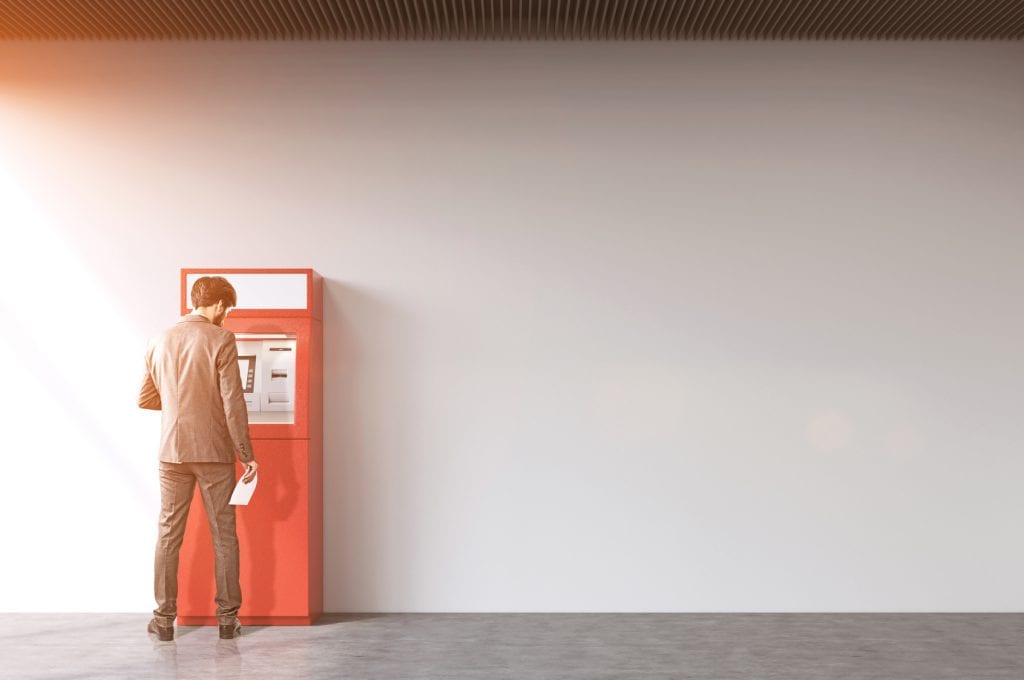An article by Philippe Préval, CEO, Lusis Payments in the ATM Marketplace identifies ATMs as an integral channel in North America, recognizing its growing importance amidst recent branch closings. Yet, he sees a decreasing need for cash due to the rise of electronic and mobile payments. In Europe, he claims that some European companies see ATMs as a dying business that can be easily outsourced even if offered with basic capabilities at a lower cost with poor user experience. In the U.S., ATM suppliers are offering new mobile-based ATM capabilities to offer cardless ATM transactions for their own bank transactions and some are considering offering a new service to enable bill pay or money transfers for “off us” transactions to get cash or pay bills at the ATM using a mobile wallet. Other market leaders are offering in-lobby teller ATMs with two-way videoconferencing to help blend the ATM and teller experience, and reduce operational costs.
“The ATM channel has become an integral part of the banking omni-channel experience, not only playing a key role in the broad context of modern banking but also being a major enabler of mission-critical “access to funds” functionality within financial inclusion initiatives. ”
In the U.S., ATMs remain the most broadly used self-service channel, used by 61% of consumers in 2017, second only to teller use (71%), according to Mercator Advisory Group’s CustomerMonitor Survey Series, ATM and Self-Service Banking: The Importance of Surcharge-Free ATMs, published in May 2018. ATMs are uniquely positioned self-service channel available 24/7 with a cash dispensing capability, not available in online or mobile banking alone. And, since most ATM users use ATMs at bank branches, they also are more likely to visit the branch, providing an opportunity to cross-sell services. Consumers are increasingly open to blending mobile capabilities with ATMs to improve convenience and use cardless cash access, a feature that is interesting to 2 in 3 smartphone owners, though more prefer to access a mobile-based cardless access using biometrics than with contactless.
Our survey results show that as branches close, which often means the ATMs they use most often at that branch may no longer be available, consumers must rely more often on other self-service options and other ATMs or drive further to another branch, if needed. While ATMs are still primarily used for cash withdrawals, 26% of consumers use it for other types of transactions, mainly deposits. ATMs are integral component of banking convenience and a key criteria in bank selection. Consumers increasingly expect to be able to use no-fee ATMs that offer convenient features and functionality in a larger geographic area, in convenient locations at the branch, in stores and non-branch locations, especially as branches close.
Overview by Karen Augustine, Manager, Primary Data Services at Mercator Advisory Group
